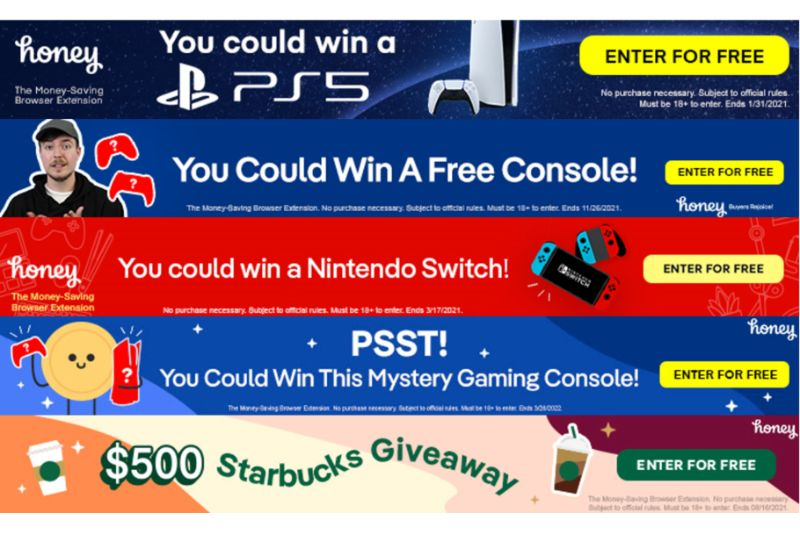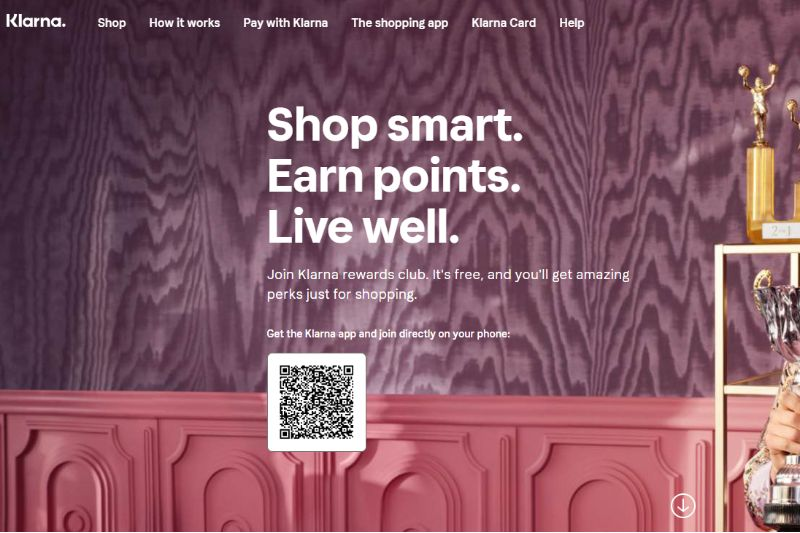Get In, Consumer, We’re Going Shopping
While inflation is at an all-time high and GDP is down, consumers are still spending. The pandemic’s lingering effects on the supply chain and pent-up demand have caused inflation to creep up to its highest level since December 1981 with a record-high of 8.5% as of March 2022. Despite the perceived economic turmoil, consumers are wary, yet willing to spend.
After more than two years of postponed vacations, canceled festivals, and other activities put on the back-burner, economists predict that consumers will be willing to use their stashed-away funds to offset the premium price of goods and services.
Despite the present conditions of the economy, eCommerce sales are forecasted to continue their upward trajectory.
The pandemic skyrocketed eCommerce sales by 32% in 2020. While the growth rate is forecasted to decelerate, online shopping will remain a standard behavior indefinitely.

However, upward-trending eCommerce projections will not wash away the repercussions of inflation.
As the price of consumer goods increases, buying power decreases and the impact is felt by consumers and businesses alike. Consumers tasked with stretching their eroding dollar may start to limit purchases outside of essentials, which is bad news for retailers with product portfolios targeted to consumers with discretionary income. While retailers can address this head-on by dropping prices and subsequently taking a hit to profit margins, the solution is not sustainable over the long term as inflation continues to climb.
Now more than ever, consumers need to be enticed by a good deal to make a purchase outside of the realm of necessity, and shopping portals may have a solution.
Shopping portals help consumers shop smarter
A shopping portal is a website, browser extension, or app that rewards shoppers with cashback, points, or miles for making purchases on thousands of popular retailers both on- and offline. Examples include Capital One Shopping, Rakuten, Honey, and Klarna. The portals often include tools to simplify the online shopping experience, such as automatically searching for and applying coupon codes for the designated retailer or finding specific products at lower prices at different retailers.
Although different portals function in different ways, the most popular method is shopping through the portal itself. Instead of going directly to a retailer’s website, a consumer will start in the portal, search for the desired retailer, and click through to be redirected to the site. Cookies will enable the portal to track the shopping and purchase activity and provide the reward post-purchase.
Market positioning
Capital One Shopping focuses its marketing efforts around saving money for the consumers through its price comparison tool and coupons vs. making money for the consumer via cashback. It executes this positioning most prominently through the use of display ads disguised as coupons and demonstrative online video ads.
While Honey functions similarly to Capital One Shopping, it targets a much younger audience. In an effort to connect with Gen Z shoppers, Honey made YouTube its marketing channel of choice by investing over three-quarters of its media budget in the platform over the past six months. While some of the investment went towards bumper ads that touted giveaways for products like PS5, an Xbox console, and a Nintendo Switch, most of it was used in branded content partnerships with an extensive lineup of popular YouTube- and TikTok-based influencers.

According to Rakuten, cash (back) is king. Made evident by the American Express partnership, Rakuten positions itself as a means of easily earning rewards for online shopping similar to how credit cardholders earn points for traveling and dining. Rakuten’s simplistic messaging strategy complements this by focusing exclusively on cashback benefits. In February 2022, Rakuten debuted its first-ever Superbowl commercial with the goal of elevating the brand to appeal to more than just the traditional deal-seeker. In the commercial, the stand-off between the characters played by Hannah Waddingham and Sara Foster eluded to the possibility of luxury when using the shopping portal.

Klarna began as a BNPL provider that has since built out its app to include a shopping portal. While Klarna’s total offering targets Gen Z, the shopping portal features take it up a notch by bringing in a gamification element that provides bonus rewards for completing missions like saving items, making a purchase, and shopping in-store, all of which can be redeemed for exclusive deals and content.

What we think
Target travel hackers: With summer travel plans in the works, consumers who historically racked up miles from high point-earning categories like dining and travel may need a boost. Shopping portals, especially those with travel-partner integration like Rakuten, can be positioned as a tool to accumulate miles to help offset the deficit from the pandemic.
Understand what your audience wants: Percentage-off discounts are the most commonly desired promotional type across all generations. On the other hand, rebates (including points and cash-back) are preferred by only 15% of Gen Z, but jumps to 41% of Boomers, making it a great opportunity to customize messaging based on the desired target audience.
Use brand awareness channels differently: To avoid cannibalization, brands with an existing presence on channels like paid social need to diversify. If the Newsfeed is the preferred placement for brand awareness, consider Instagram Stories for product-level marketing. Similarly, influencers can aid in presenting lesser-known products for brands that people are familiar with.




